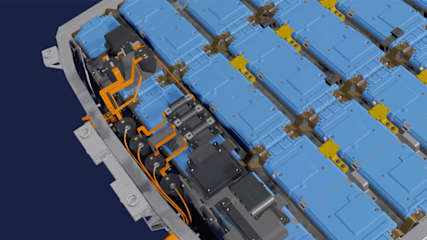Peugeot 3008 2026 News

Game-changing electric car battery tech is Stellantis’ answer to cut-price Chinese EV rivals from BYD, Chery, XPeng and Zeekr
Read the article
By Jack Quick · 29 Sep 2025
Stellantis has begun road-testing an electric vehicle (EV) prototype with a new battery technology that’s aimed at making its EVs more efficient, sustainable and cost-effective.Developed in partnership with French battery technology company Saft over the last few years, the Peugeot E-3008 electric SUV is fitted with Intelligent Battery Integrated System (IBIS) technology.It embeds the inverter and charger functionalities directly in the battery pack, regardless of the chemistry or application, which in turn saves space and reduces complexity. It still offers both AC and DC charging capabilities, while still being able to power the vehicle’s 12V system.Stellantis claims this IBIS technology improves the energy efficiency by 10 per cent, according to WLTP testing, and improves power by 15 per cent with the same battery size.Additionally the weight is reduced by 40kg and there’s 17L more volume available, allowing for more design flexibility and better aerodynamics.Early results have shown that there’s a 15 per cent reduction in charging time. When plugged into a 7kW AC charger it only takes six hours to fully charge, rather than seven.Lastly IBIS technology is claimed to allow for easier servicing and maintenance, plus once the battery has reached the end of its usable life in a vehicle, it can be reused as a stationary unit.“This project reflects our belief that simplification is innovation,” said Stellantis Chief Engineering and Technology Officer Ned Curic.“By rethinking and simplifying the electric powertrain architecture, we are making it lighter, more efficient, and more cost-effective.“These are the kinds of innovations that help us deliver better, more affordable EVs to our customers.”Stellantis isn’t the only carmaker working on this kind of technology. Porsche is also working on a ‘modular multi-level inverter’ that combines multiple electric components into one unit.At this stage Stellantis has said it’s aiming to introduce this battery technology into its production vehicles by the end of the decade.




